
4 minute read
CiviC ConneCtion Kunsthaus Zürich by Chipperfield
from Cosentino C 20 21
by Cosentino
1
Architecture Museum
Civic Connection
Kunsthaus Zürich by Chipperfield
Después de doce años de planificación y construcción, el estudio de David Chipperfield ha completado la ampliación de la Kuntshaus de Zúrich, una de las colecciones de arte más importantes de Suiza.
La Kunsthaus es un edificio de 1910 que se encuentra en la céntrica Heimplatz de Zúrich. A diferencia de las anteriores, la nueva extensión no se agrega al conjunto preexistente, sino que se instala en el flanco opuesto de la plaza y queda conectada a él mediante una galería subterránea. El rotundo volumen rectangular da coherencia a un espacio urbano antes desdibujado y se integra en él al emplear en su fachada caliza del Jura, característica de la arquitectura de la región. Junto con la vecina Schauspielhaus, los tres edificios componen un nuevo recorrido artístico: el inicio de la milla cultural que conduce al conjunto universitario en el norte de la ciudad suiza.
La ampliación se concibe como un bloque que cierra el borde norte de la Heimplatz y que, al otro lado, define un jardín urbano que podrá acoger diferentes intervenciones artísticas. Esta circunstancia motivó que la planta baja del museo se organizara en torno a un gran corredor central que comunica los dos ámbitos. La galería, accesible al público, refuerza la relación de la institución con la ciudad, y en sus extremos se delimita con grandes ventanales que contribuyen a conectar visualmente e integrar el museo con su entorno. Las partes del programa más públicas —como la cafetería, el salón de actos, la tienda o las aulas-taller— se distribuyen alrededor de este nuevo espacio cívico, mientras que las salas de exposición se colocan en las dos plantas superiores.
After twelve years of planning and construction, David Chipperfield Architects complete the expansion of the museum, which contains one of most important art collections in Switzerland.
The Kunsthaus is a 1910 building located at Heimplatz, in the center of Zurich. Unlike the previous expansions, this one does not add itself to the preexisting ensemble, but rises on the other side of Heimplatz, and connects to the rest of the museum complex through an underground gallery. The bold rectangular volume gives coherence to an urban space that used to be unclear, and blends with it through a facade clad in the Jura limestone that is typical of architecture in the region. Hand in hand with the neighboring Schauspielhaus, the three volumes form a new ‘threshold to the arts’: the start of a mile-long cultural walk leading to the university grounds in the north part of Zurich.
The extension building is conceived as a block that closes the northern border of Heimplatz, and which on the other side delimits an urban garden capable of accommodating different artistic interventions. This was a cue to arrange the museum’s ground level around a large central corridor that bridges both areas. Accessible to the general public, this gallery strengthens the institution’s relationship with the city, and the large windows at its far ends help to visually connect the museum to the surroundings and integrate it into the environs. The more public parts of the program – such as the café, an event hall, the museum store, and education services – are laid out around this new civic space, while the exhibition halls take up the two upper stories.

La nueva Kunsthaus, unida bajo tierra con el edificio histórico, se organiza en torno a una gran galería central que comunica la Heimplatz con un jardín para el arte, convertido en un espacio abierto a la ciudad. The new Kunsthaus Zürich, linked underground to the historical building, is organized around a publicly accessible hall that connects Heimplatz with an art garden that opens up to the city.
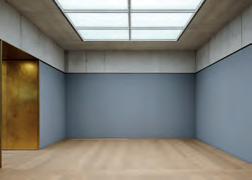
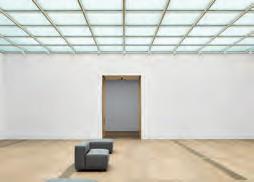

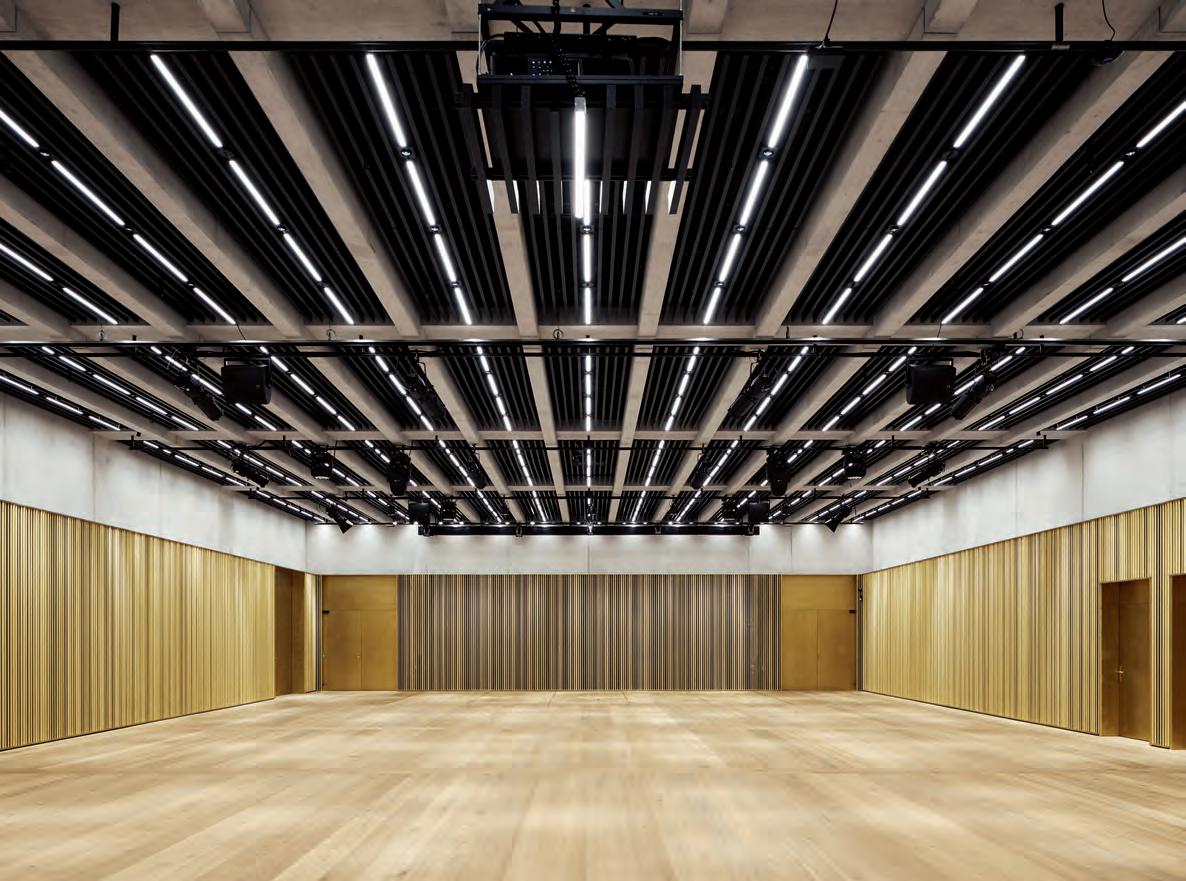
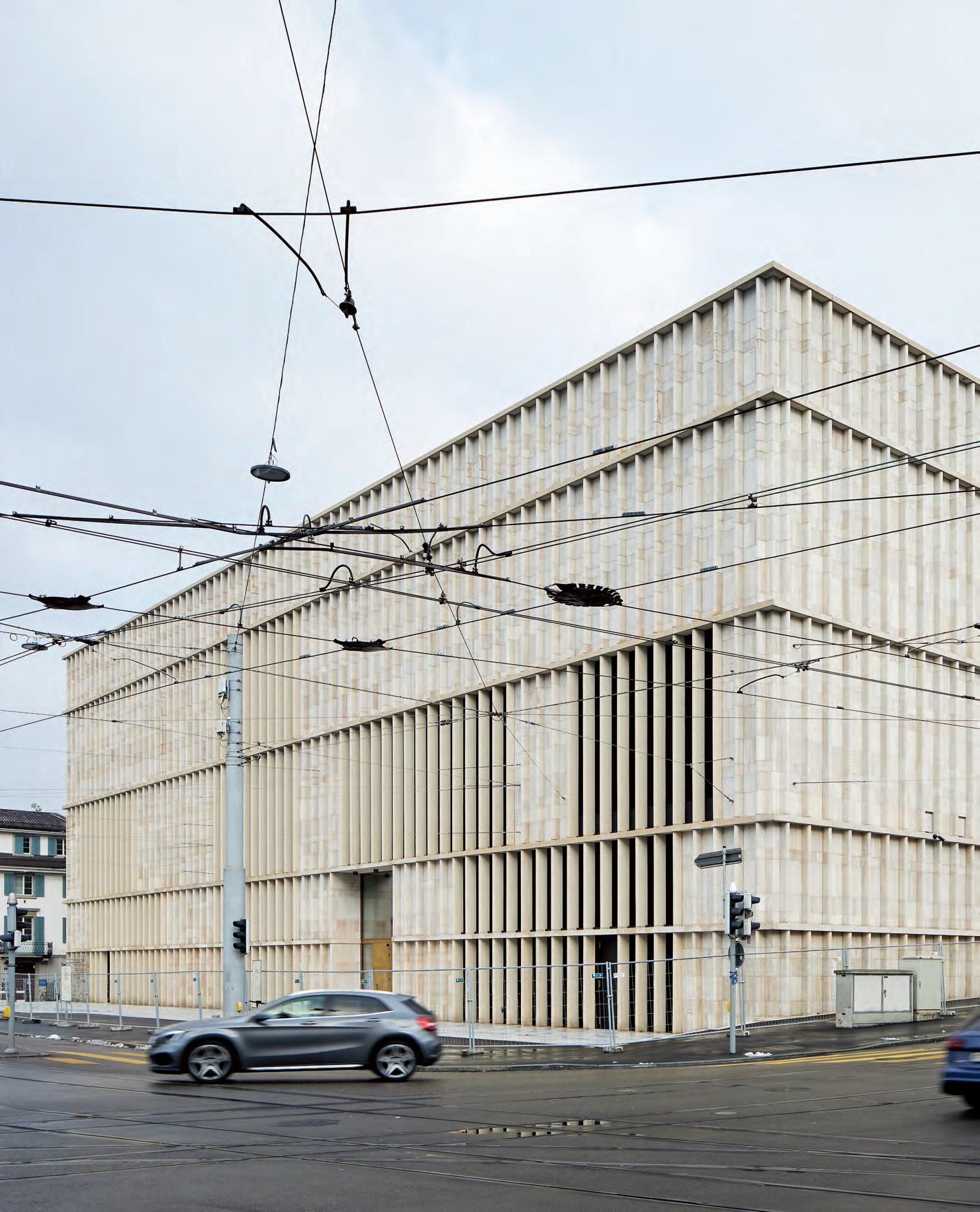
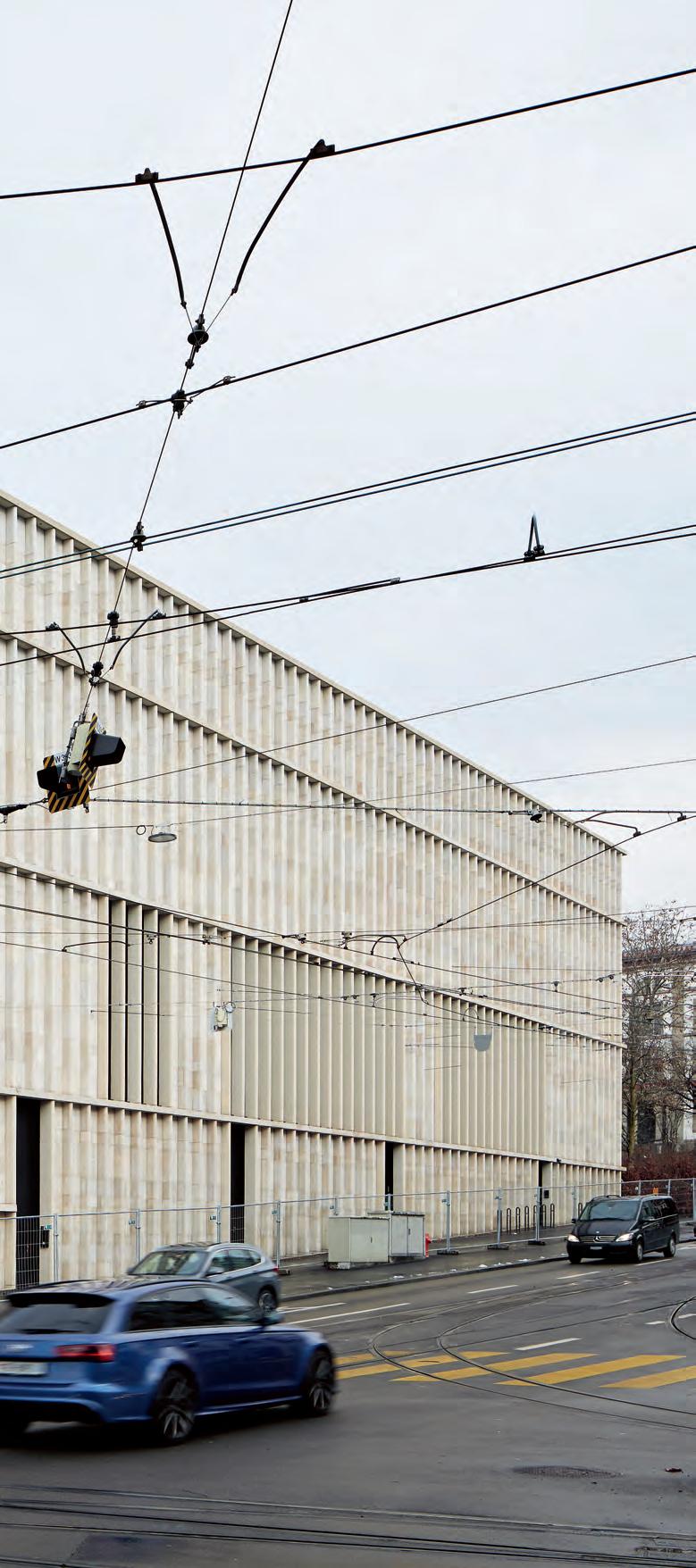
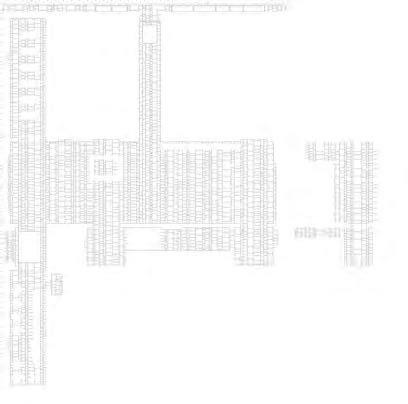
Ground floor
Arquitectos Architects
David Chipperfield Architects Berlin / David Chipperfield, Christoph Felger (socio, jefe de proyecto partner, design lead); Harald Müller (socio partner); Hans Krause (arquitecto concurso, diseño de concepto project architect competition, concept design); Barbara Koller (arquitecto proyecto básico, desarrollo de proyecto, desarrollo técnico project architect schematic design, design development, technical design); Jan Parth (arquitecto proyecto técnico, supervisión de obra project architect technical design, site design supervision); Markus Bauer (arquitecto adjunto deputy project architect, 2009-2014); Robert Westphal (arquitecto adjunto deputy project architect, 2015-2020); Wolfgang Baumeister, Leander Bulst, Beate Dauth, Kristen Finke, Pavel Frank, Anne Hengst, Ludwig Jahn, Frithjof Kahl, Guido Kappius, Jan-Philipp Neuer, Mariska Rohde, Diana Schaffrannek, Eva-Maria Stadelmann, Marc Warrington; Graphics, Visualisation: Konrad Basan, Dalia Liksaite, Maude Orban, Ken Polster, Antonia Schlegel, Simon Wiesmaier, Ute Zscharnt (equipo team); Ivan Dimitrov, Kristen Finke, Annette Flohrschütz, Pavel Frank, Gesche Gerber, Peter von Matuschka, Sebastian von Oppen, Mariska Rohde, Franziska Rusch, Lilli Scherner, Lani Tran Duc, Marc Warrington; Graphics, Visualisation: Dalia Liksaite, Antonia Schlegel, Ute Zscharnt (equipo concurso competition team)
Consultores Consultants
b + p baurealisation (arquitectos ejecutivos executive architects); Emmer Pfenninger Partner (consultores fachada facade consultant); Gruner, ContiSwiss (protección al fuego fire protection); IGB Ingenieurgruppe Bauen, dsp - Ingenieure & Planer, Ingenieurgemeinschaft Kunsthauserweiterung (estructura structure); Kopitsis Bauphysik (física de la construcción building physics); L2M3 Kommunikationsdesign (señalética signage); matí Lichtgestaltung, Institut für Tageslichttechnik (consultores iluminación lighting consultant); Niels Hochuli, Dreicon AG (supervisión global overall management); Polke, Ziege, von Moos, Hefti. Hess. Martignoni. (servicios MEP MEP services); Wirtz International, KOLB Landschaftsarchitektur (paisajismo landscape)
Cliente Client
Einfache Gesellschaft Kunsthaus Erweiterung – EGKE
Fotos Photos
Noshe










